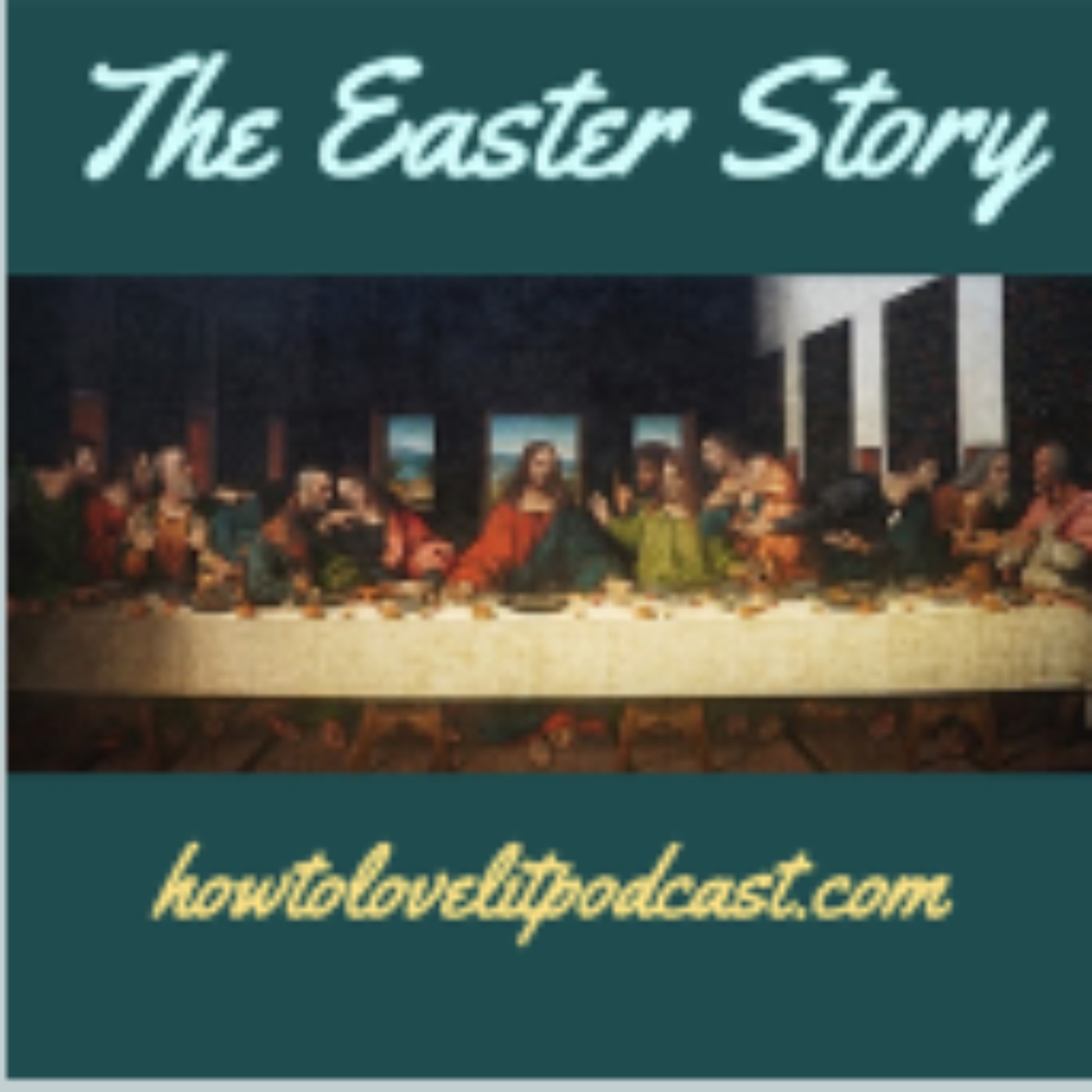Share

How To Love Lit Podcast
Aldous Huxley - Brave New World - Episode 3 - The Two Dystopian Worlds Collide!
I’m Christy Shriver and we’re here to discuss books that have changed the world and have changed us.
I’m Garry Shriver and this is the How to Love lit Podcast. This is our third episode in our four part series on Aldous Huxley’s negative utopia Brave New World. In episode 1, we met Huxley and toured London’s Central Hatchery, covering chapters 1 and 2. In episode 2, we discussed chapters 3-5 meeting two characters from the novel. I want to point out that they are main characters, and when they were introduced, I expected them to be heroes, but these two are definitely not heroic- Bernard Marx and Lenina Crowne. Through the first five chapters we accompany them on an average evening, an average evening for everyone in the brave new world- not just for them- and average evening in this world consists of two things- soma-taking and sex. Now in episode 3 we accompany these two as they cross the Atlantic to the American continent and then return in chapters 6-11. They bring back with them a character who comes closest to being a hero, he comes closest to being us, John Savage from the reservation. Our plan today is to explore primitive life on the reservation and the contrasts Huxley creates for us as well as watch John the Savage as he interacts with the Brave New World on his return.
Christy, before we get into that I want to revisit a few important ideas from earlier episodes. As we think about how Huxley drew these standardized humans, and their lives, it’s more and more obvious that Huxley, himself, is not advocating for life a comfortable and happy life, at least in the way he defines these terms. Comfortable meaning no anxiety; happy meaning full of distractions and entertainment.
No, we have to read this entire book as irony- everything he is defending is the opposite of what he’s describing. It’s what makes this book confusing to many readers. The farther we get into the chapters, the more bitter the irony- even positive words like hygienic and beautiful and happy are used by Huxley to make us question if even these are really good things at all.
One place to pay attention is when reading how the characters talk to and about each other. What we see is that there is zero sense of what we consider to be meaningful relationship. They talk about each other and to each other as if they were merchandise, or to use Huxley’s term- meat- dead or alive. Huxley as a student of biology and psychology really pushes the scientific boundaries and even our imaginations to the limits. He asks how far will society, or the power structure of our world go when it comes to psychological manipulation through conditioning? Are there ethical limits or boundaries in the messages we hear from political or commercial leadership- and Huxley does not really see that there is a difference between these two. And not just through repetition and peer pressure but also through government/cultural sanctioned drug use and sexual behaviors. All of this, of course always expressed as being for the common good. Not even the world leaders in a Brave New World have nefarious motives. There is no obvious villain, no Hitler or Stalin out there murdering innocent people. The government is doing everything in the name of general good, and yet, we, as readers are made to question if this is really the case.
More episodes
View all episodes
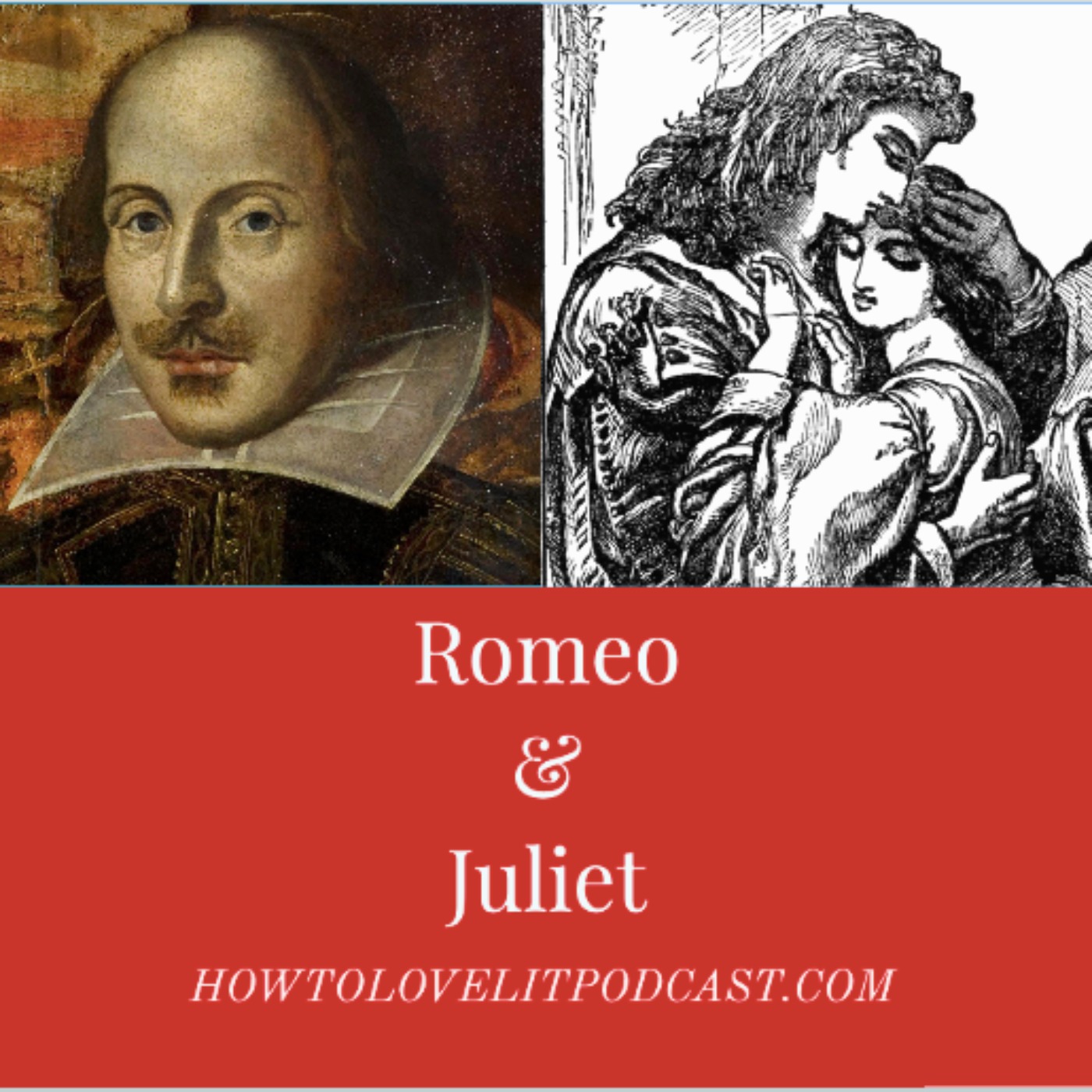
121. Romeo & Juliet || William Shakespeare || Episode 1 || Meet The Author And The Play!
52:02Romeo & Juliet || William Shakespeare || Episode 1 || Meet The Author And The Play!
256. The Poetry Of John Donne || Episode 3 || The Holy Sonnets & Mediation 17
37:34The Poetry Of John Donne || Episode 3 || The Holy Sonnets
255. The Poetry Of John Donne || Episode 2 || A Valediction: Forbidding Mourning
36:19The Poetry Of John Donne || Episode 2 || A Valediction: Forbidding Mourning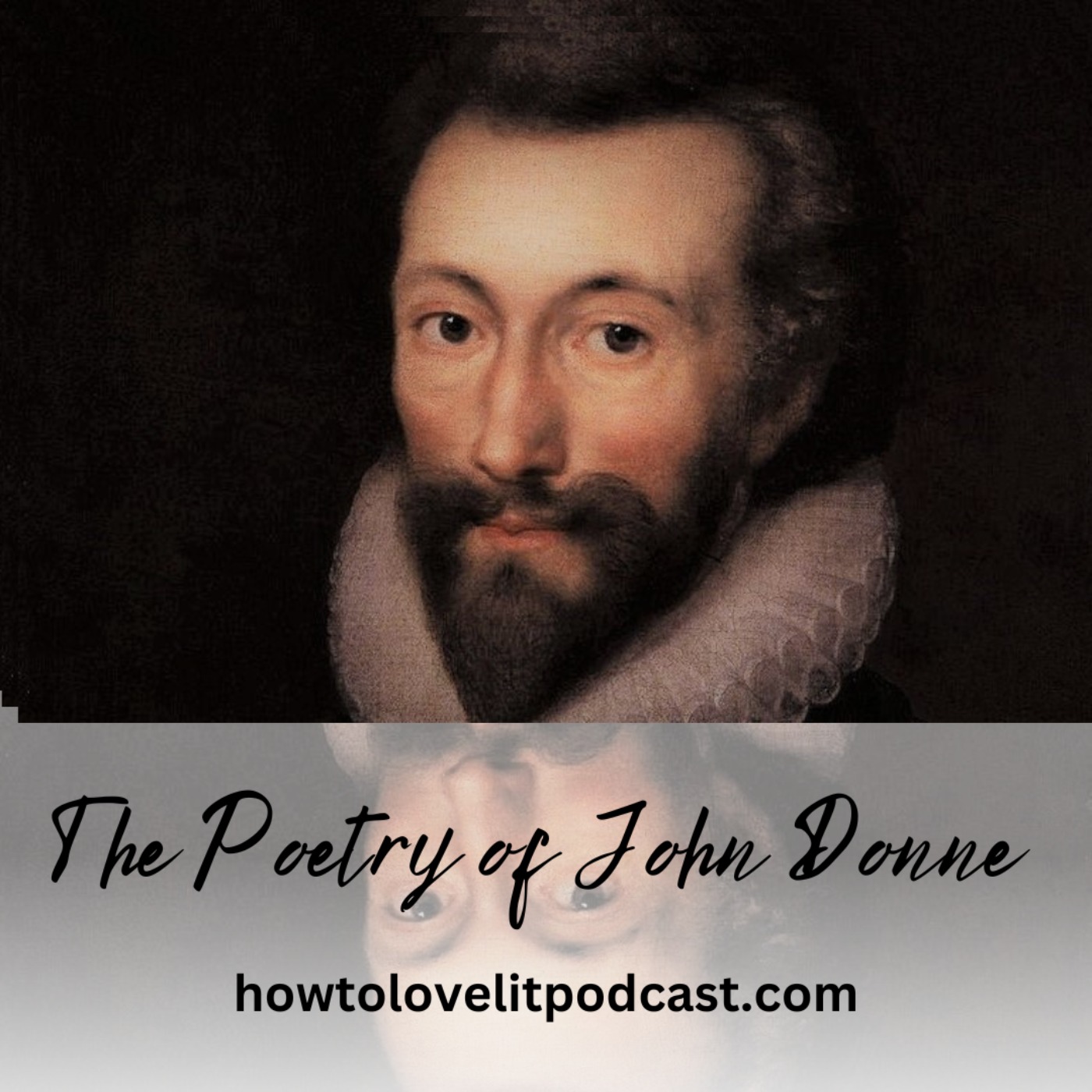

188. Harper Lee - To Kill A Mockingbird - Episode 4 - The World Clarified And The Conclusion
40:53Harper Lee - To Kill A Mockingbird - Episode 4 - The World Clarified And The Conclusion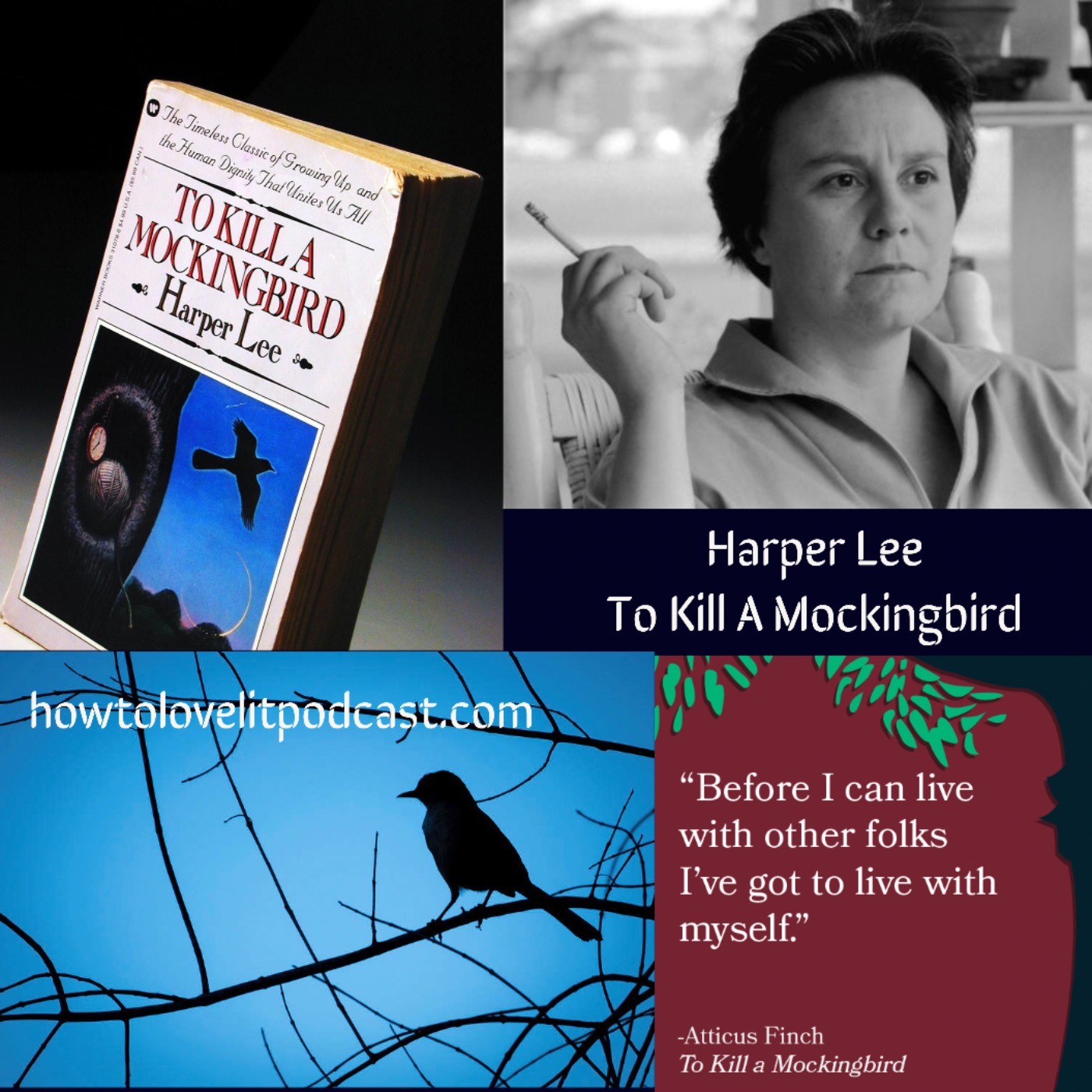
187. Harper Lee - To Kill A Mockingbird - Episode 3 - Real Life History Finds Its Way Into Tom Robinson's Trial
50:46Harper Lee - To Kill A Mockingbird - Episode 3 - Real Life History Finds Its Way Into Tom Robinson's Trial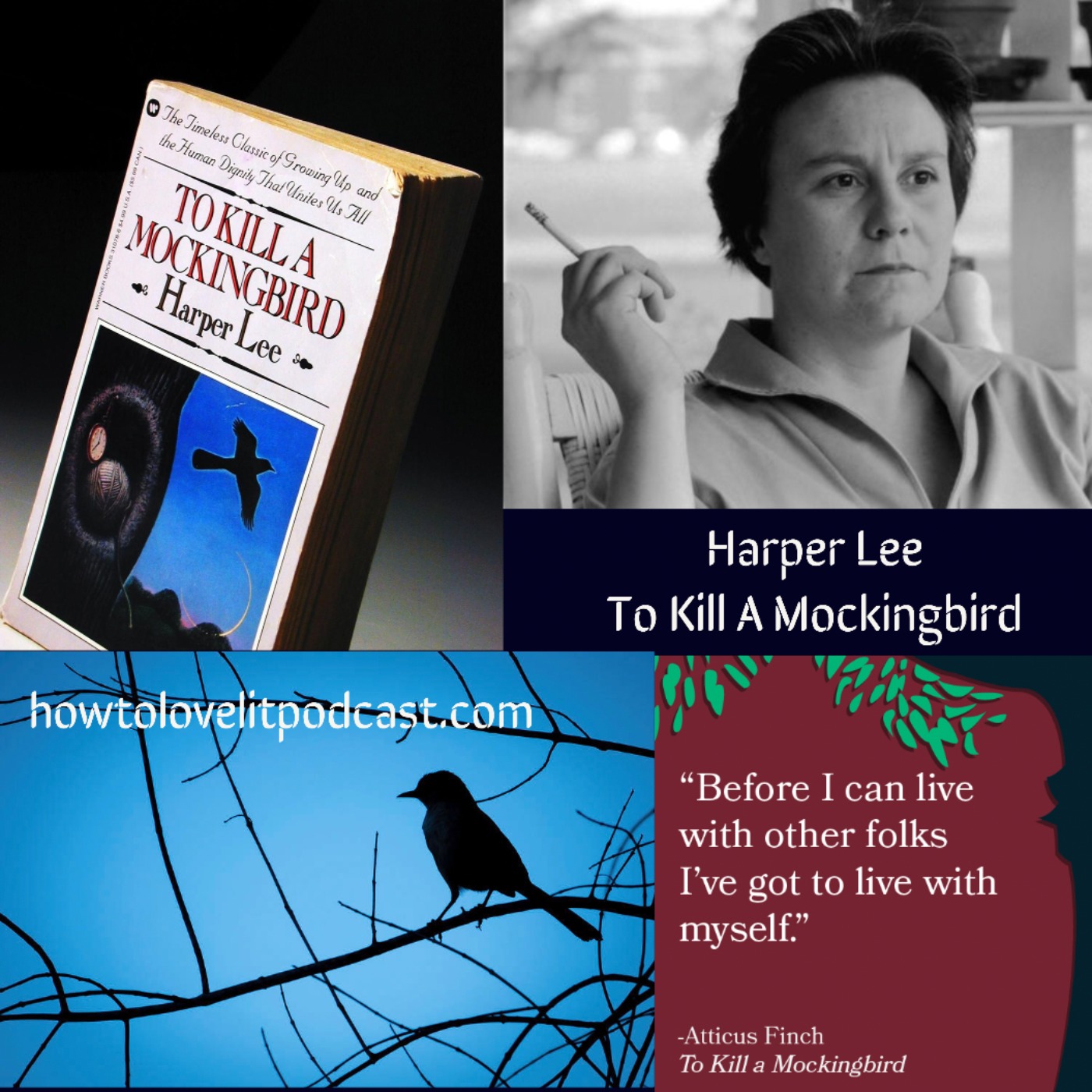
186. Harper Lee - To Kill A Mockingbird - Episode 2 - Innocence, Motifs And The Power Of Language!
48:58Harper Lee - To Kill A Mockingbird - Episode 2 - Innocence, Motifs And The Power Of Language! Hi, I’m Christy Shriver, and we’re here to discuss books that have changed the world and have changed us. I’m Garry Shriver, and this is the How to Love Lit Podcast. This is our second episode over that great American classic, To Kill a Mockingbird. Last week, we introduced our author and both of her published books. We compared them briefly, looked at the titles of each, and then focused more specifically on the origins and inspirations of Mockingbird. We looked at Lee’s historical moment and argued that Lee’s novel, although set in the 1930s was far more interested in the world of the 1950s than the 1930s- a world struggling with civil rights. We will develop the theme of racial injustice in the second part of the book, of course, but today as we lay the ground work for that part, we will continue our focus on part 1. Last episode we ended our discussion talking about Maycomb, the tired old town where Lee set her story, a town which could be seen more like a character than an actual place. Maycomb is a broken place and this brokenness is on display in several ways. Part one only hints at the racial division that is the focus of the second section but that doesn’t mean it isn’t setting us up for it. Lee carefully introduces several major themes and motifs then she proceeds to developed throughout and beyond the trial. These themes should be considered as we read the section part of the book, for one reason because they provide a framework from which we should understand the insanity of the trial and its aftermath. If you can’t understand Maycomb, you would not believe such a facade of a trial could even be possible. So, Christy, can we say the primary role of section one is foreshadowing, then? No. I would absolutely say not the primary role. There is forshadowing, for sure, and it surfaces in many different ways, but it’s the the primary role. Harper Lee is laying the framework for a larger discussion than race. Race is the context, but she is framing the racial discussion that will come. Maycomb is the microcosm of society at large- any society, not just the segregated South of her days. The disease of racism, and she does call it a disease, has several causes, and it’s the cause of this disease that she’s exploring. The first half is charming and disarming. It’s less intense and emotionally jarring than the second. The language gets more offensive the closer we get to part two, but she’s setting us up for how she wants us to understand the racism we will soon be exposed to, and what she thinks we can and should do to address it. Her argument is nuanced and much of it is delivered through the words of Atticus and Calpurnia, although Uncle Jack and Miss Maudie weigh in as well. It’s illustrated through the actions of the children as they interact with the different groups in their community: the Cunninghams, the Radleys, The Ewell’s and Mrs. Dubose. Lee explicitly discusses man’s relationship with power, its use and abuse of it, She blatantly spells out for us what a mockingbird symbolically represents and the principle protecting the innocent. Atticus not only tells his children to learn to understanding the lived experience of those around them, but forces this lesson upon them in what comes across as a very cruel way to learn a life lesson. The setting of part 1 is the playful existence of childhood innocence, but as we walk with Scout, we are to learn these same life-lessons before she forces us to apply them in this adult world of experience which is cruel and ruthless in many ways.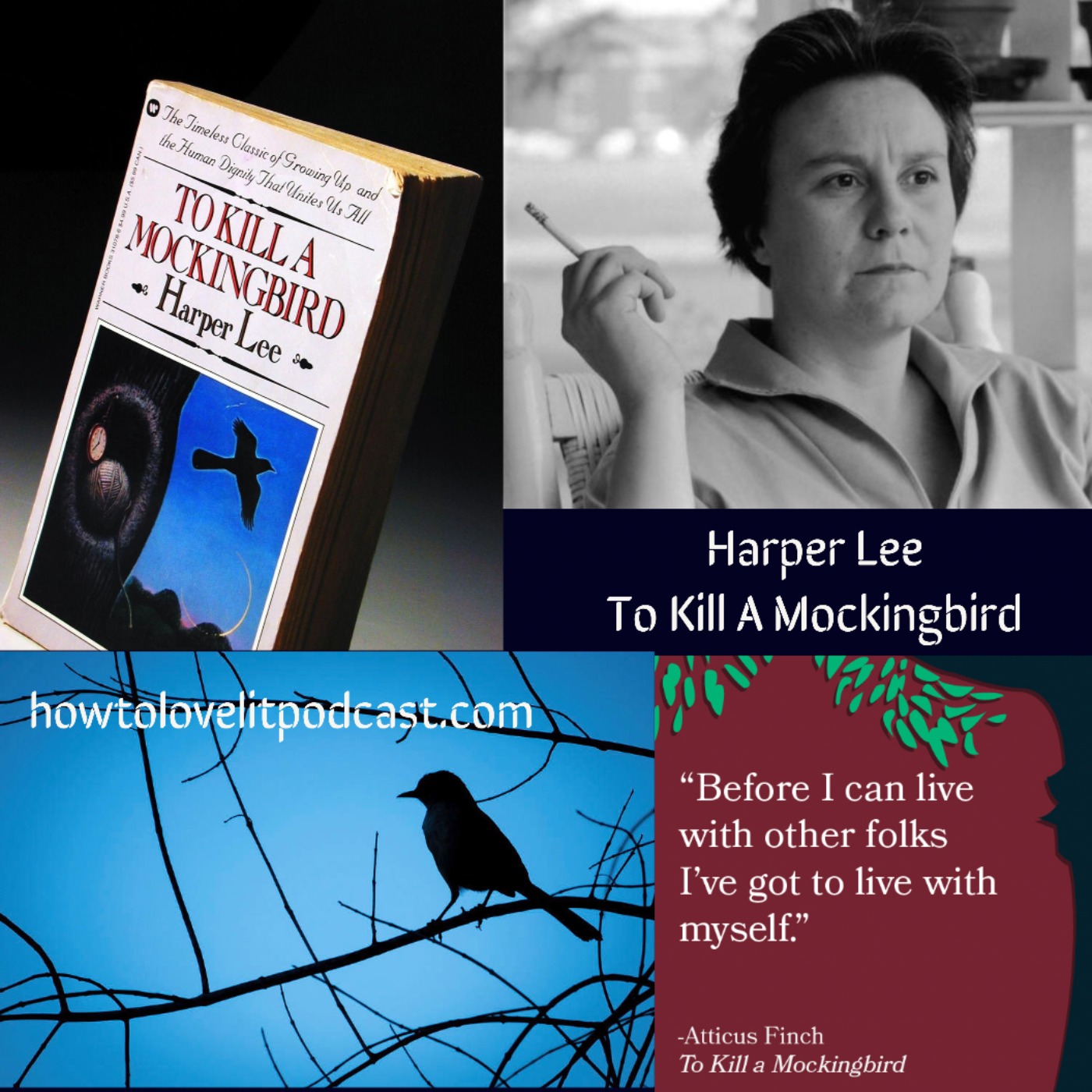
185. Harper Lee - To Kill A Mockingbird - Episode 1 - So Many Mysteries About The Author - And The Book!
47:36Hi, I’m Christy Shriver and we’re here to discuss books that have changed the world and have changed us. And I’m Garry Shriver, and this is the How to Love Lit Podcast. Today we begin our discussion on a deeply beloved book by many but at the same time one of the most censored books ever written on the American continent. When it was published in 1960 it was an immediate hit with the public. Critics called it melodramatic and over-simplistic but that hasn’t stopped people from reading it and loving it. Harper Collins boasts almost 50 million copies sold, by latest count, in over 40 languages. It won the coveted Pulitzer Prize. In 1962, it was adapted by Horton Foote into an Academy Award-winning film, admittedly diminishing the role of Scout and the story of the children but drawing considerable attention and acclaim for many reasons, one being the memorable and Oscar-winning performance of Gregory Peck as Atticus Finch. The focus of the movie is, of course, the trial of a wrongly convicted and clearly innocent African-American gentleman by the name of Tom Robinson. The film is considered one of the greatest American films of all time and even Harper Lee liked it. After viewing she had this to say, “"I can only say that I am a happy author. They have made my story into a beautiful and moving motion picture.” Of course, it’s the racial element of the book that has always kept this book at the center of controversy- from both sides of the political aisle. It has been held in contempt for its language which is extremely raw, and obviously, and for that reason alone, it’s been censored in many circles. But that’s not the only problematic issue. Many have drawn attention to the idealized characterization of Atticus Finch as a paragon of respectability and champion of for the oppressed. Toni Morrison labeled him a “white savior”. More recently, social advocates have challenged Lee’s characterization of the Ewells as feral animals depicting them basically as sub-human. There is no doubt the setting is the segregated South of the 1930s; there is no doubt; Maycomb is a broken town; there is no doubt that the child Scout looks at her father in that way we hope all 9 year old daughters are afforded the opportunity to look at their fathers. So, is this a dated sociological study or timeless classic? Lee’s ability to stir so many emotions and raise so many questions is freakishly genius. Through the eyes of a child, she questions our ability as humans to even understand of the role of time in our world, the place of human judgement, our ability to give and receive social acceptance, the causes of human cruelty and human kindness. She goes a lot of directins- but what do all these things mean when presented as a whole? How do they connect us to each other? What did these things mean to the most provincial of people possible in 1935, what did they mean to a cosmopolitan American in 1960 and what do they mean to a world-wide interconnected globe today? I know you like to talk about timeless themes and universal truths and so do I, don’t get me wrong, but historically speaking there’s a lot here I think is important to discuss as well. This book is not just regarded as sensitive because of its language and racial issues; it’s also considered one of the most revealing portraits of the American South to come out of that generation- and beyond issues of race there is a lot more to see. The book is important historically. Lee was born an insider to a very specific and closed cultural group, but she pulled out of her culture and tried to examine it critically in some ways as an outsider, but an outsider who understood the inside.